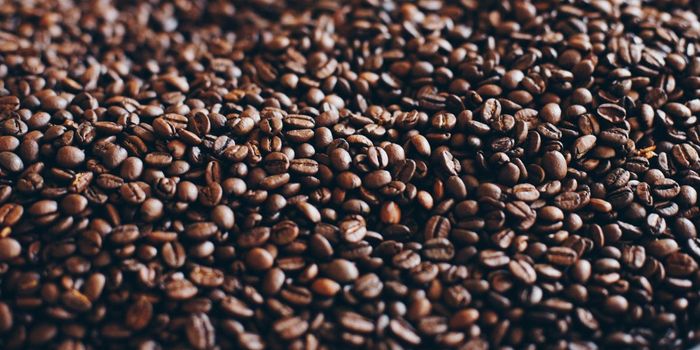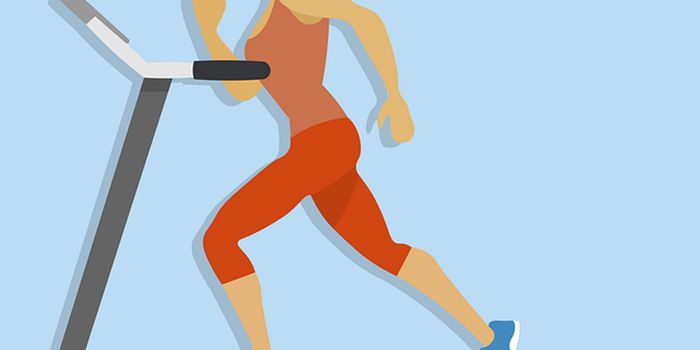Breathing Exercise Seems as Beneficial as Medication or Walking
Cardiovascular disease is the world's leading cause of death and high blood pressure is a major risk factor. About 65 percent of American adults have high blood pressure but not even 40 percent are doing the recommended amount of physical activity. Research has now suggested, however, that just a five-minute daily breathing exercise that's been called "strength training for breathing muscles" can lower blood pressure and improve cardiovascular health just as much as medication or aerobic exercise, maybe even more. The findings have been reported in the Journal of the American Heart Association.
The breathing exercise is known as High-Resistance Inspiratory Muscle Strength Training (IMST); patients use a handheld device that makes breathing more strenuous by providing resistance, like a straw with reverse suction. It was created as a therapy for patients with critical respiratory disease to help add strength to their breathing muscles.
"There are a lot of lifestyle strategies that we know can help people maintain cardiovascular health as they age. But the reality is, they take a lot of time and effort and can be expensive and hard for some people to access," said lead study author Daniel Craighead, an assistant research professor in the Department of Integrative Physiology at Colorado University Boulder. "IMST can be done in five minutes in your own home while you watch TV."
Craighead and colleagues have tested various IMST protocols; the original advised patients to use the device for 30 minutes per day. In this study, 36 adults that were healthy, aside from above normal systolic blood pressure, did either a placebo protocol with low resistance, or High-Resistance IMST for six weeks.
The individuals that did IMST had an average reduction in their systolic blood pressure of nine points, which is equivalent to what's observed when patients walk for half an hour a day, five days a week, or, some blood pressure drugs. Their vascular endothelial function improved by 45 percent, markers of oxidative stress were lower, and there was some improvement in their naturally declining nitric oxide levels.
The IMST group even maintained their lower blood pressures without keeping up the exercise. "We found that not only is it more time-efficient than traditional exercise programs, the benefits may be longer lasting," Craighead said.
This study was small, but a follow-up is planned that will recruit about 100 people and test IMST against cardiovascular exercise. Postmenopausal women in particular might benefit from IMST. Studies have suggested that exercise programs aren't as beneficial for postmenopausal women as they are for older men, but IMST seems to be just as good for older women as men.
The researchers are also developing an IMST app that can be used by people at home along with devices that are on the market. They cautioned that anyone considering the therapy should consult with their doctor first.
"It's easy to do, it doesn't take long, and we think it has a lot of potential to help a lot of people," said Craighead.
Sources: AAAS/Eurekalert! via University of Colorado at Boulder, Journal of American Heart Association









